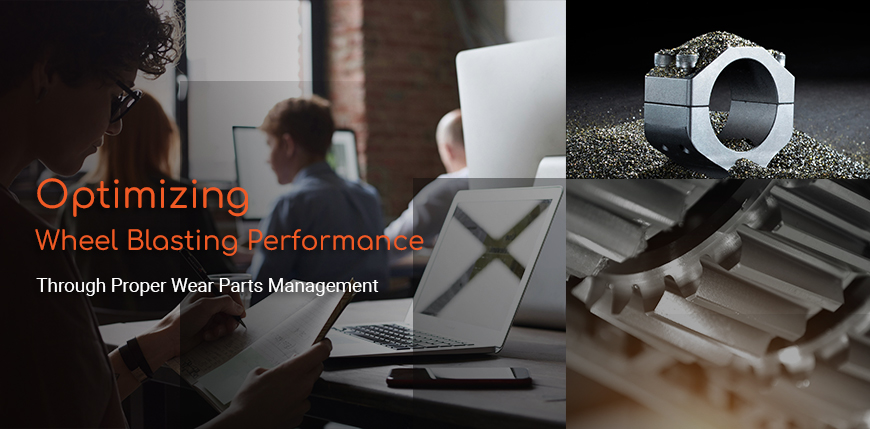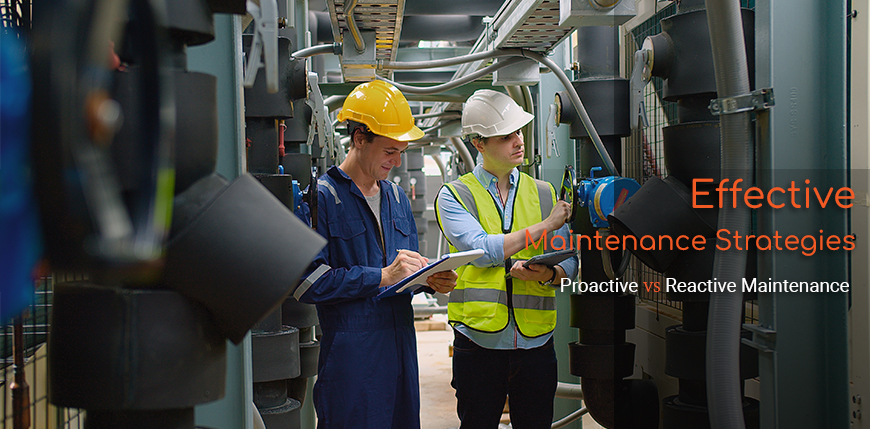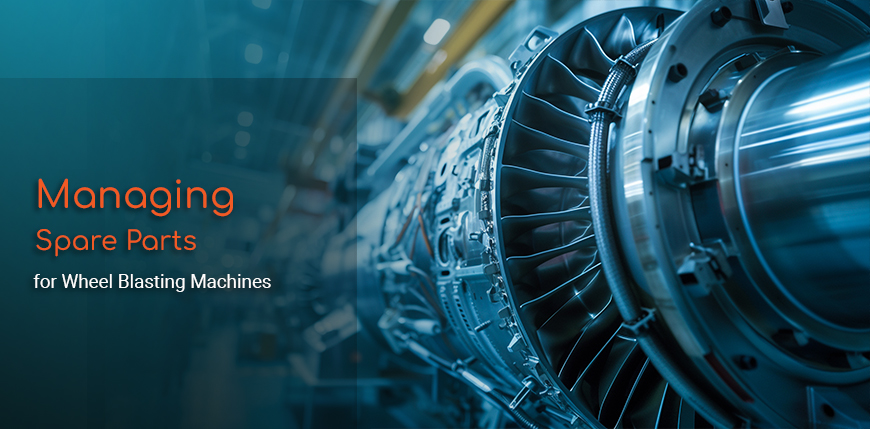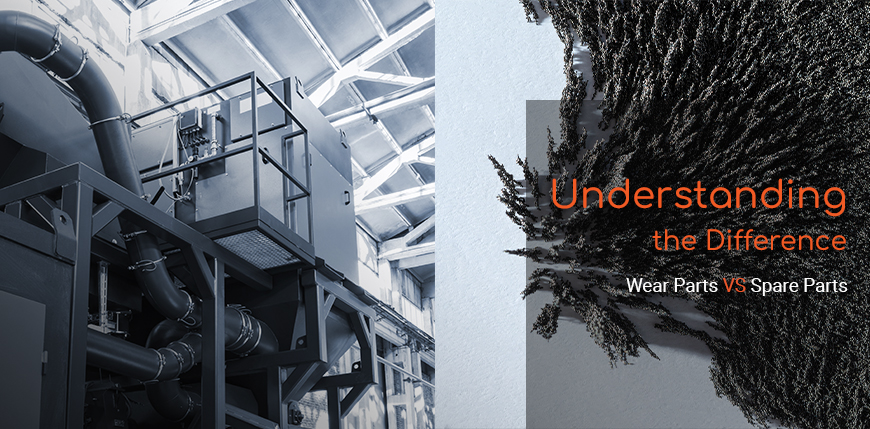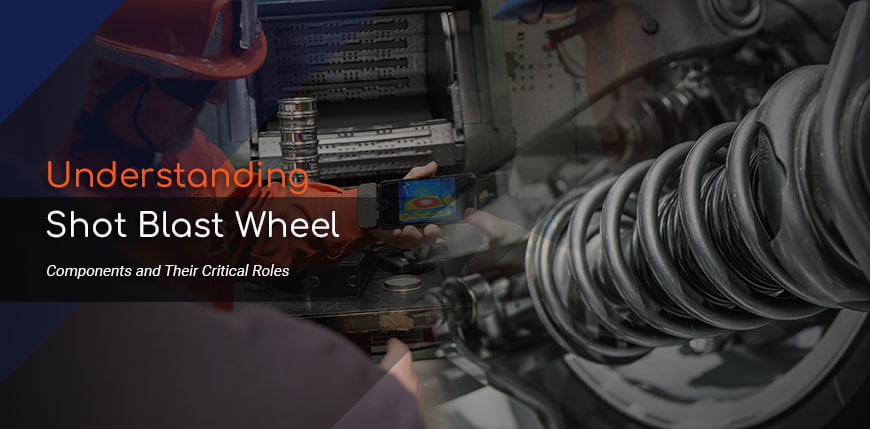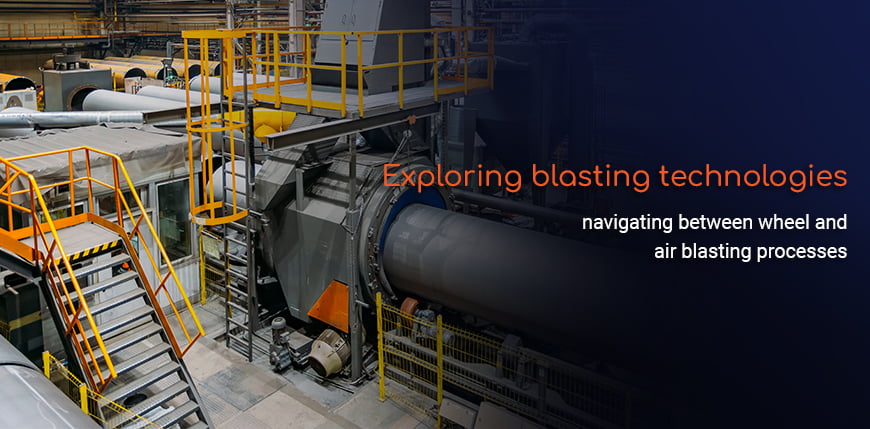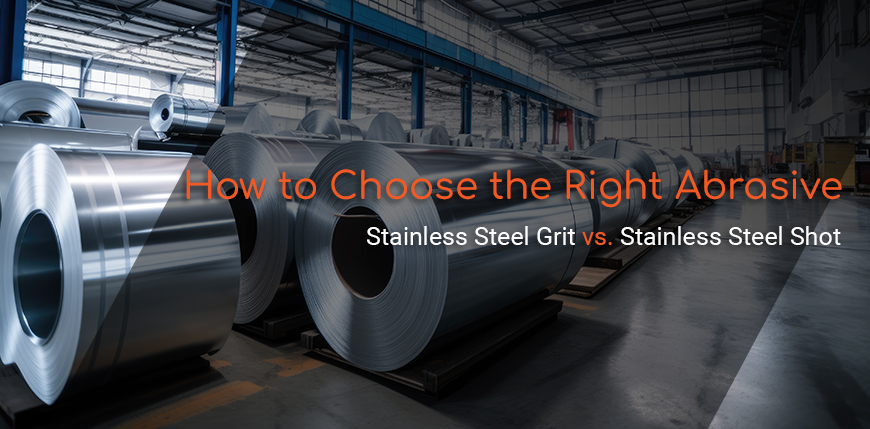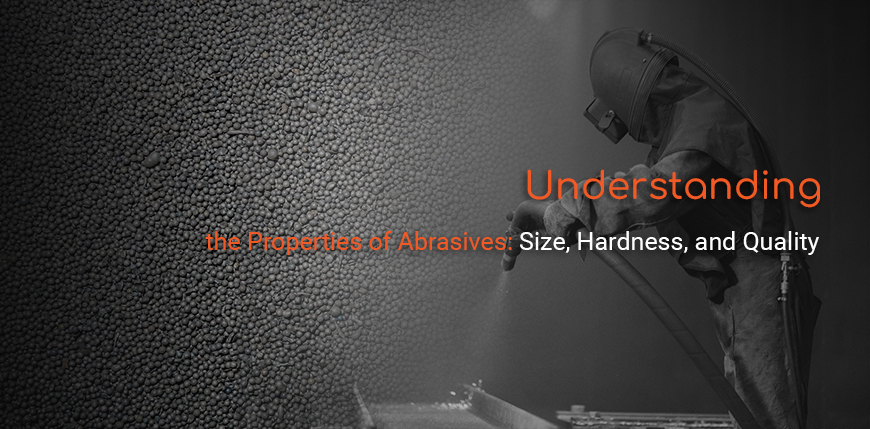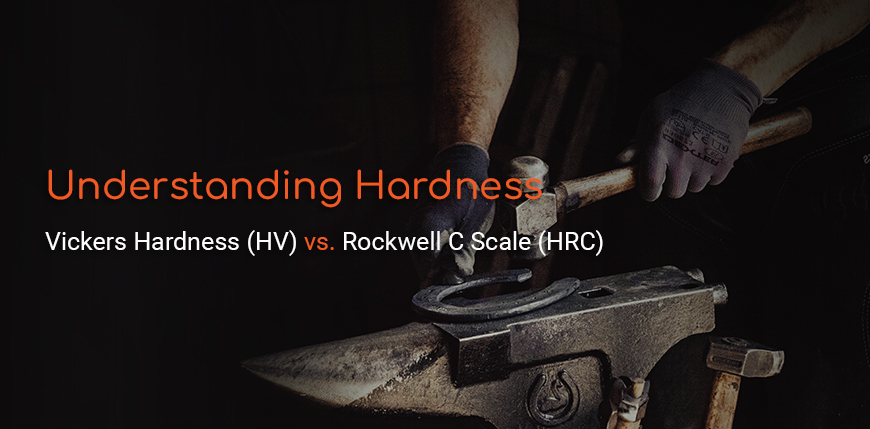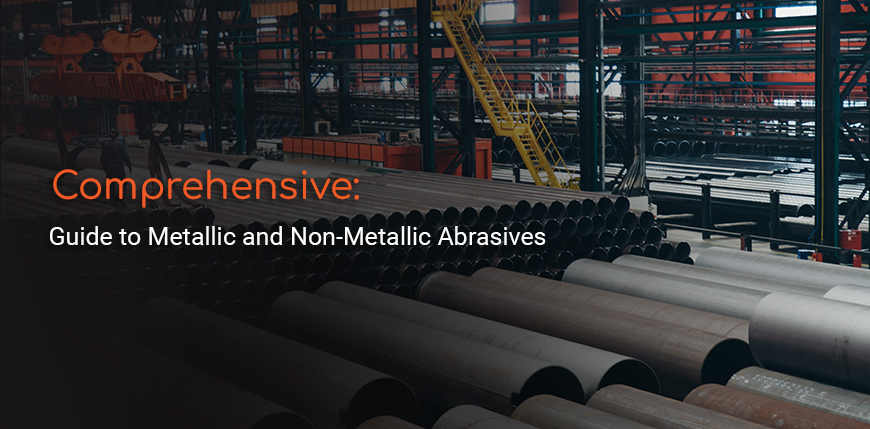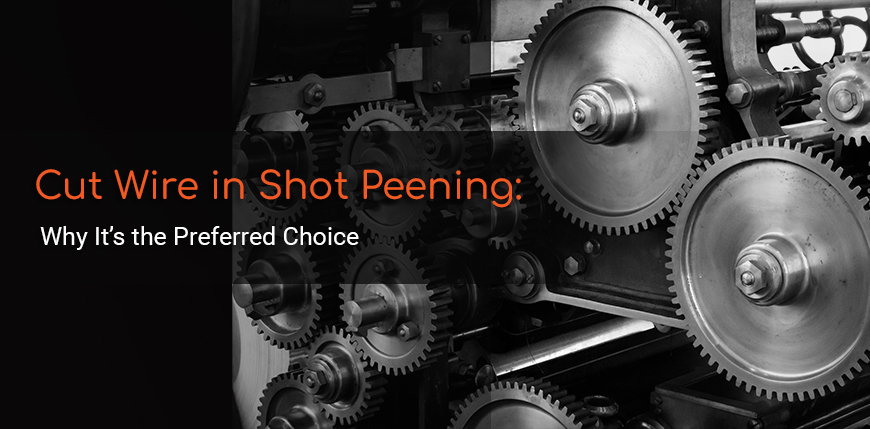Optimizing Wheel Blasting Performance Through Proper Wear Parts Management
Wear parts, including blades, control cages, and impellers, are crucial to the blasting process, ensuring that abrasive media is accurately delivered and effectively applied to the target surfaces. Proper management of these wear parts not only maintains the quality of the blasting but also significantly reduces operational costs and extends the life of the machine. This article explores best practices for managing wear parts in wheel blasting machines and how these practices can optimize overall performance.
The Importance of Wear Parts in Wheel Blasting
Wear parts in wheel blasting machines are subject to continuous, high-intensity use. These parts are designed to endure the abrasive impact of the blasting media



